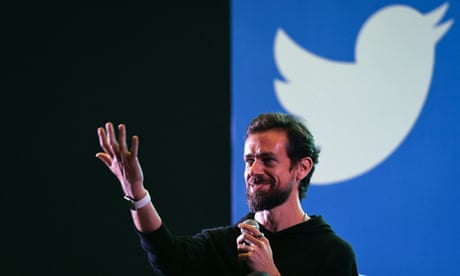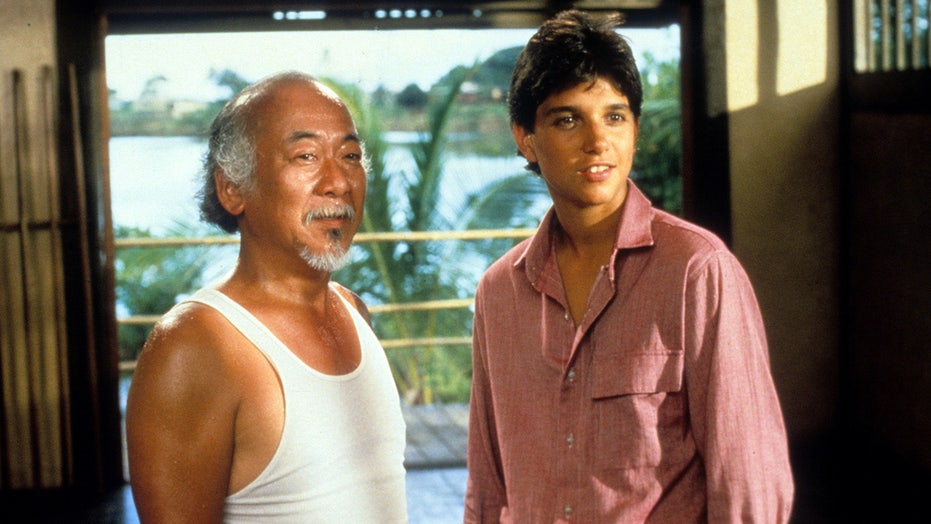- by foxnews
- 24 Nov 2024
TechScape: How Substack, YouTube, Jack Dorsey and more plan to pick Twitter’s bones
TechScape: How Substack, YouTube, Jack Dorsey and more plan to pick Twitter’s bones
- by theguardian
- 19 Apr 2023
- in technology

Twitter isn't dead. But six months on from the site's acquisition by Elon Musk, it isn't a picture of health, either.
From our look at the last half year:
The vultures are circling. Last week, the newsletter platform Substack launched its post-Twitter social network, Substack Notes, and ignited a firestorm:
Substack Notes is an interesting product. From a technological point of view, it's transparently half-baked. It launched, for instance, with no way to follow a user without also subscribing to their newsletter. Then it added the option to follow just their posts, hidden in a drop-down menu, but failed to add any way to keep track of who you've followed. It's easy to miss replies, and hard to find the people you want to follow.
The company's chief executive has also blundered his way into the perennial content moderation debate with scant preparation, responding to direct questions about whether the site would moderate hate speech with: "I'm not going to get into gotcha content moderation."
But Notes is one of the more interesting of the second wave of post-Twitter social networks, because of what it has underpinning it: a swathe of popular authors who already post to the platform in great quantity. Yes, they mostly post newsletters rather than notes, but that could change, and in the meantime it gives the company a runway to fix some of these problems slowly.
At the other end of the spectrum is Bluesky, the Jack Dorsey-backed decentralised Twitter spinoff. Even more than Mastodon, the social network is an explicit attempt to simply clone Twitter, but do it without a centralised authority. From the Verge:
Weirdly, for all its decentralised trappings, Bluesky is extremely centralised: the service has a waitlist, and you can't try it out until the company approves your account. It's a perfectly normal way to launch a social network, but an odd limitation to put on something that is supposedly more protocol than platform.
The first wave of post-Twitter social networks has also coalesced. Mastodon continues to grow (it's where I do most of my posting), with 11m registered accounts and a steady increase of around 25,000 a day. The social network is now big enough to generate its own backlash, with accusations of a preachy community ethos and a hostile user experience pushing some would-be joiners away.
Cohost and Post.News have each dug further into their niches, with the former's collection of arty game developers exactly as much a breath of fresh air as the latter's US-focused journalists are stale and tired.
And then there's the elephant in the room: TikTok, Instagram and YouTube Shorts, all of which seem more likely to actually pick up the bulk of Twitter's departing users than any attempt to clone the site directly. Not that they aren't trying that too: Instagram in particular has been shoring up its text-post functionality for some time, and you can bet that if Twitter continues to stumble, Mark Zuckerberg will make a play for the app's most influential portion of users, including politicians, celebrities and journalists.
Twitter probably won't die in the conventional sense. In a world where you can still load up LiveJournal, MySpace or Bebo, it's hard to see the site totally shutting down, or even stumbling offline for any significant length of time.
But the accumulation of small unpleasantries can add up:
The question for Musk is whether something new can be built from the ashes of the old - whether the mass of NFT bros, sycophants and rightwing trolls who make up the core of his following can be a foundation for a new success, or simply a mass of suckers from whom to extract $8 a month until the party finally dies.
At the dawn of the AI era - last September, in other words - we looked at prompt injections, a new class of cybersecurity threat that involves "tricking" an AI to ignore its initial programming and execute your own demands instead.
At the time, the worst possibilities for such attacks were mostly cosmetic: you could trick a Twitterbot into saying what you wanted, or find out the initial prompt that an AI-based tool had been programmed with, but the harms were minimal.
That's not the case any more. AI wrangler Simon Willison points out that, with the rise of AI-powered personal assistants in particular, a prompt injection attack is increasingly dangerous:
What a silly decade this is going to be.
- by foxnews
- descember 09, 2016
Italy expected to draw travelers by the millions as Pope Francis kicks off Holy Year
The 2025 Jubilee will bring tourists to the Vatican, Rome and Italy to celebrate the Catholic tradition of patrons asking for forgiveness of sins. Hope will be a central theme.
read more





